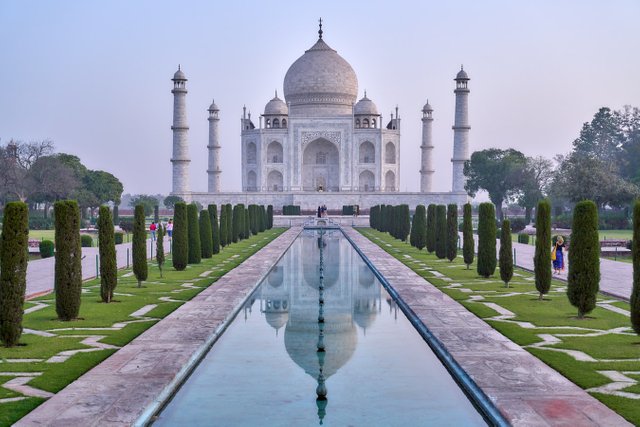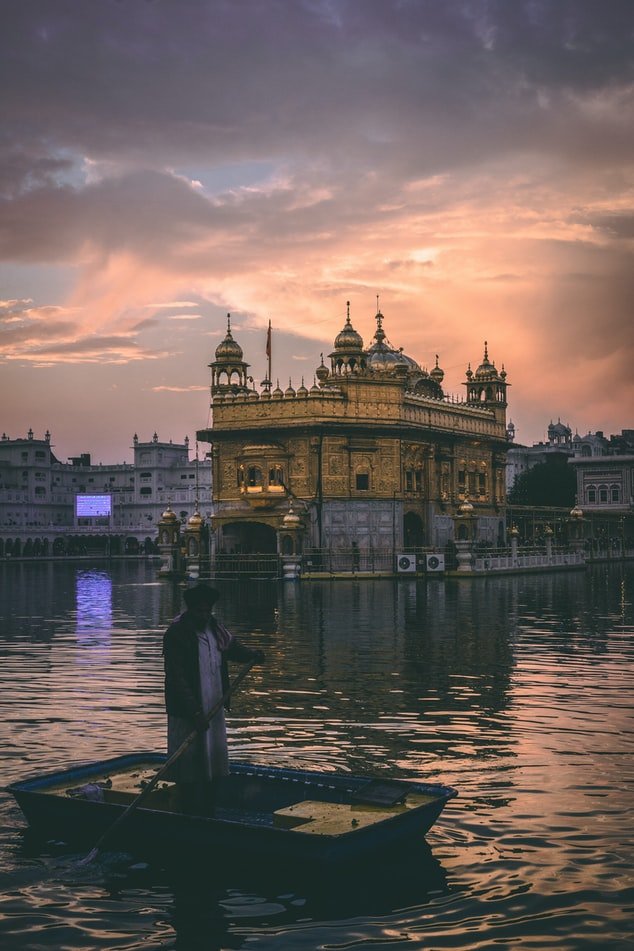Legends persist in India as a memento of memory.

India being the richest country in the world in terms of legends, there is not a legend in the ruins, as well as in the fronds and lakes, which is not founded on fact, though the gross popular fancy has darkened them, and from generation to generation has thrown a thicker and thicker veil over them.
With some skill and patience, especially if one has the help of a learned Brahman whom one has befriended and trusted enough, one can nevertheless discover the historical truth which the fable distorts.The path leading to the Parsee temple of the Fire-worshippers is also there. In their altar a sacred fire is kept perpetually burning, consuming every day enormous quantities of sandalwood and aromatic plants.
This fire was lit three hundred years ago, and since then it has burned inextinguishably, in spite of a thousand disorders, sectarian struggles and even wars. Those güebros, disciples of Zarathushta or Zoroaster, are proud of their temple, a temple in comparison to which the Hindu pagodas look like painted Easter eggs.The latter are almost all consecrated to Hanumân, the monkey-god, faithful ally of Rama, and also to Ganesha, the god of Occult Wisdom, or to one of the Devas gods. They are to be seen in every street, with their double rows of pipal or religious ficus trees, centuries old, trees which no temple can be without, since they are the abode of elementals and other sinful souls.Everything, everything appears mixed up, confused and chaotic, like the strangest dreamlike panorama, for it is not in vain that thirty long centuries have left their traces there.The innate carelessness of the natives, on the one hand, and on the other, the present-day, genuinely conservative orientations of the Hindus, a long time before the arrival of the Europeans, have preserved all those monuments from the predatory vengeance of the fanatics, where they were most in danger because they belonged to the Buddhist religion or to other unpopular sects as well. The Indians or Hindus are not by nature given to wanton devastation, and in vain would the phrenologist search their heads for the telltale prominence of the instinct of destruction.







Despite the differences in culture and customs between East and West, the essence of folktales is the same throughout the world.
ReplyDeleteIt is true, some of the fables are a delightful read for all those who are tired of the usual classics and are looking for something original and different.
DeleteThanks for commenting @Giampaolo Rossi.